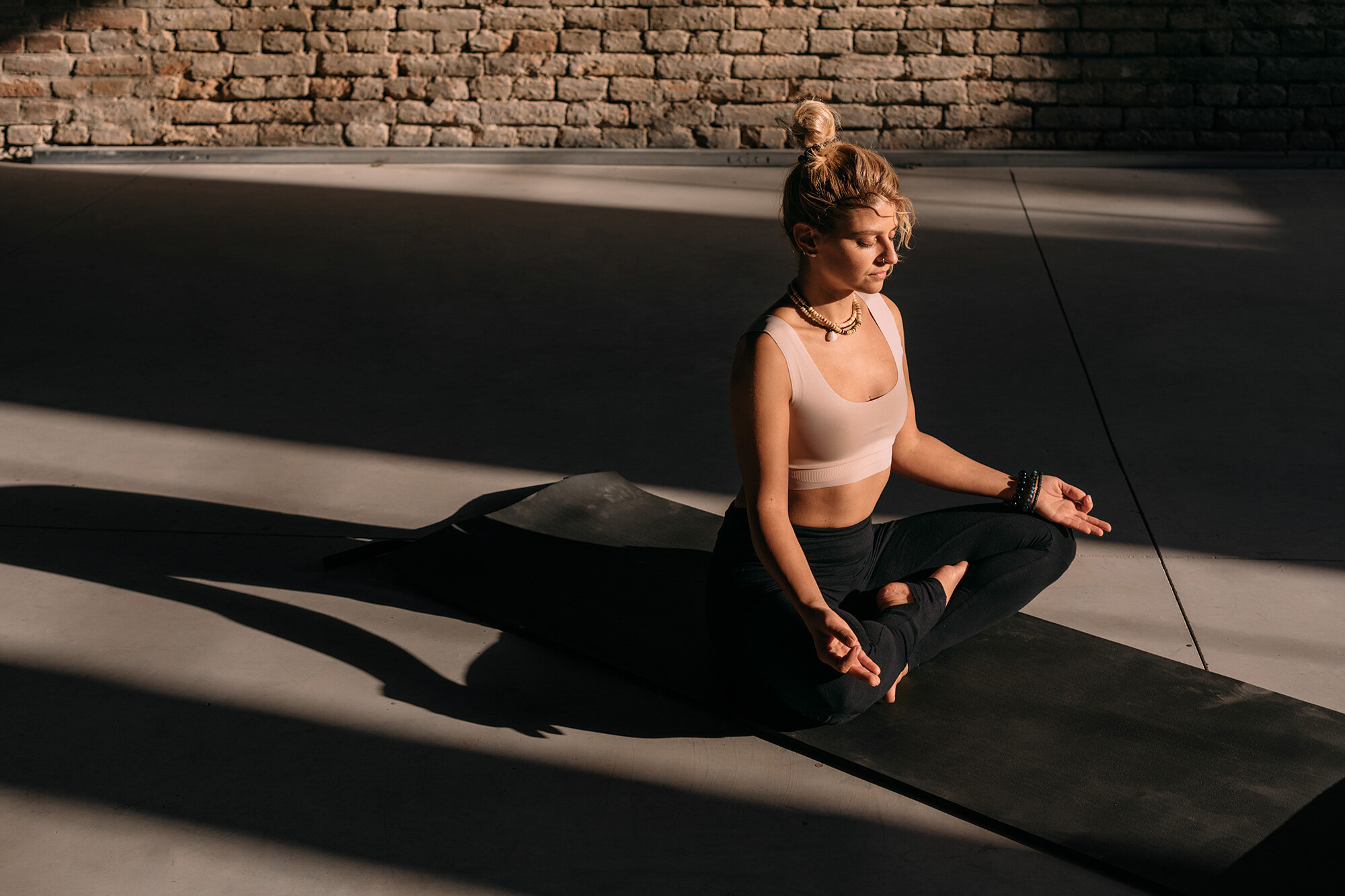
Structural Integration
Structural Integration (KMI) sessions can be used to resolve particular problems, as a “tonic” for your posture, movement, and what used to be called “carriage” - how you carry yourself through the world. Your body is your most proximate tool. How do you use it? KMI structural integration can be seen as an extended course in reacquainting yourself with your body in motion, whether you are a finely-tuned athlete, or sit at your computer.
Most of us have collected extra tension through the course of our lives, either from injury or surgery, imitation of our parents or heros, from our repetitive activities, or attitudes we’ve acquired along the way. These injuries and tensions form a pattern in our bodies. Exercise, and our mother’s nagging to “stand up straight!” may help, but most of this patterning happens below our conscious awareness and becomes part of “who we are.” These patterns become written into our muscular tensions, or skeletal form, and into the tissues that go between: the connective tissues.
The Anatomy Trains SI approach is to free the binding and shortening in these connective tissues, what we refer to as the “fascial network” and to re-educate the body in efficient and energy-sustaining (as opposed to energy-robbing) patterns.
This process happens over a series of sessions. The Anatomy Trains Structural Integration process has 12 separate and progressive sessions, although the actual number you need may vary. To begin these sessions, Ryan McDonald will talk over your history and help you set realistic goals for the process. He may take pictures of your body posture to have a record of where you started or may just examine your postural pattern with you in front of a mirror.
Most structural integration sessions are done in underwear or a bathing suit. Your comfort is paramount, but we need to get directly to the tissues that are restricting the free flow of movement. Much of the session work is done on a treatment table, though some moves are done on a bench or even standing.
Ryan will contact tissues and ask you to move, thus freeing old restrictions and encouraging the tissues back to a freer place called for your body’s inherent design. You and Ryan can work out how deep or how gentle you want the progression to be.
The sessions progress through the body: the first four sessions are generally more superficial, freeing the tissues on the front, back and sides of the body and freeing the shoulders and arms from any binding to the trunk. The middle four sessions address the “core” of your body, working into the central stabilization muscles close to the spine. The last four sessions integrate “core” and “sleeve” into your habitual movement (and address specific problems you bring to the table), leaving you with a lasting and progressive change that will echo throughout the rest of your life.
Watch founder, Tom Myers explain the 12 series:
Anatomy Trains Structural Integration (KMI) Sessions
Self-help guides by founder of Anatomy Trains, Tom Myers
Self-help Routine for the Neck
Self-massage for the cranium
Self-massage for the face
Self-massage for the hands and arms
Self-massage for the hands

